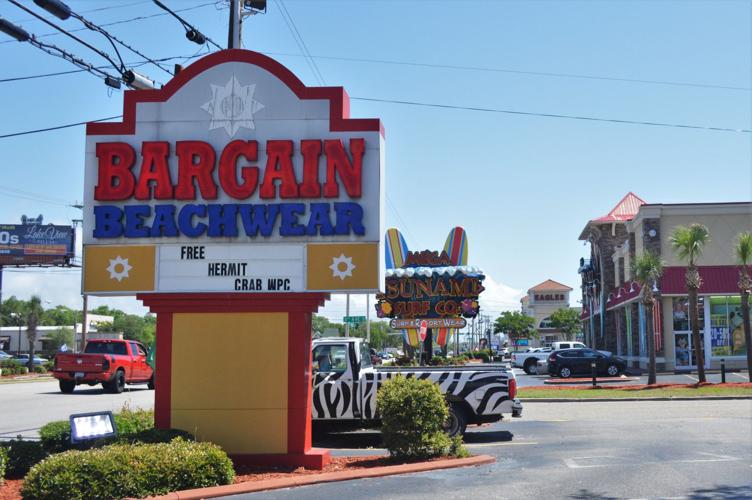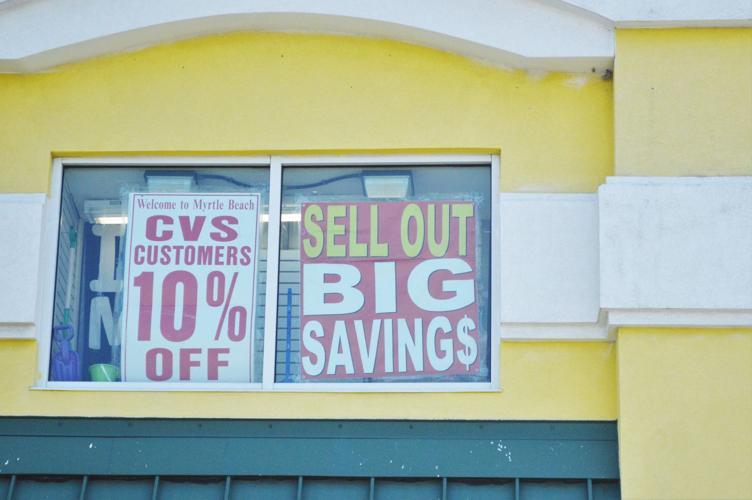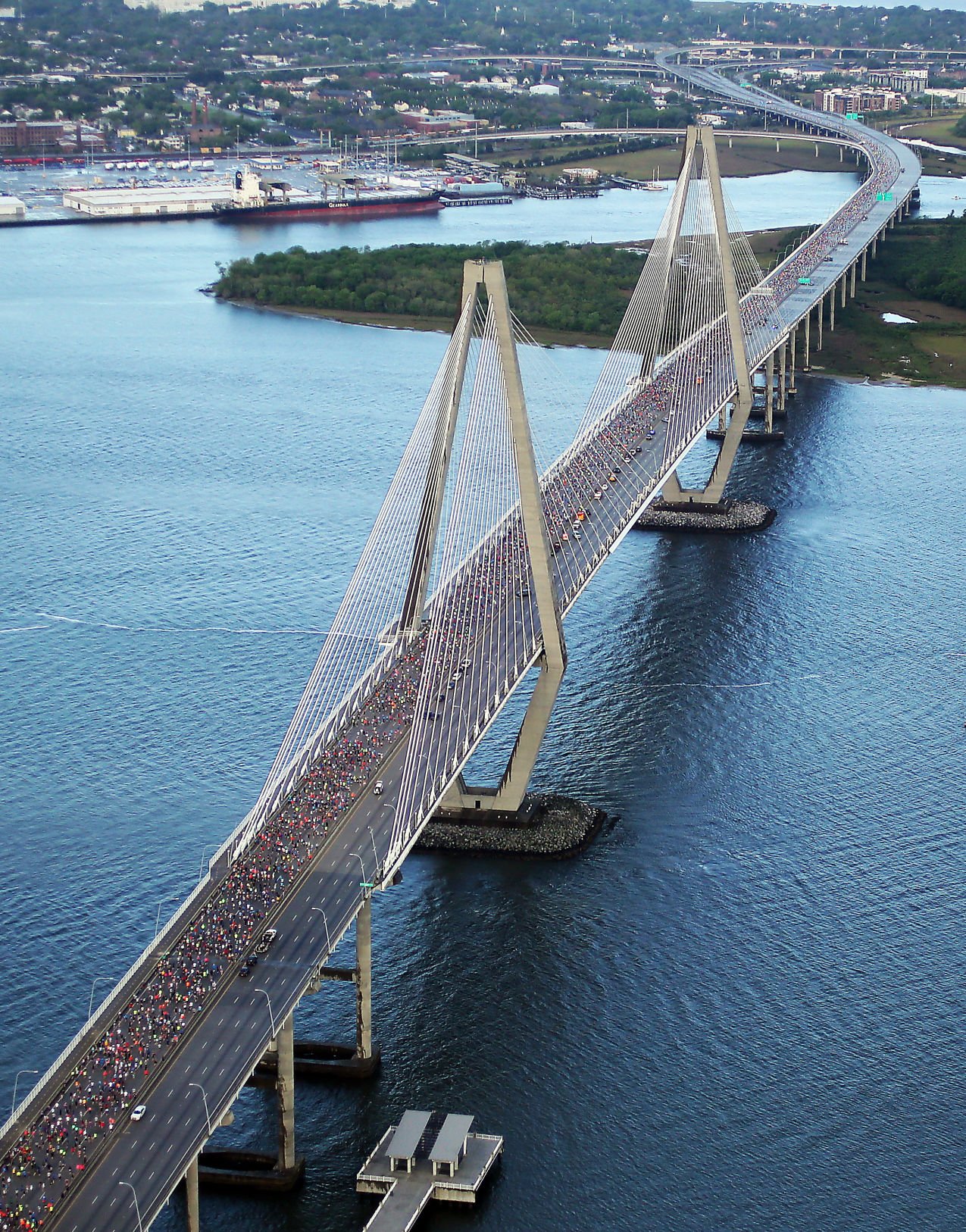MYRTLE BEACH — Driving down Kings Highway, certain categories of stores and restaurants repeat again and again in South Carolina's most lucrative tourist destination: pancake houses, fried seafood buffets, candy shops and miniature golf.
It's evident the mass-market appeal of Myrtle Beach has led to more than one copycat business. Yet few of the shops built around the seasonal hordes of visitors are more apparent than the dozens and dozens of beachwear stores.
They rise as a sea of pastel-painted, fluorescent-lit palaces to serve the millions of visitors who come every summer, adorned with decorative surfboards on their facades or light-up signs boasting dirt-cheap prices.
All tourist-dependent beach towns have some sort of shop for a commemorative trinket or last-minute towel purchases. But the stores in Myrtle Beach are so omnipresent that in some cases there are often multiple on the same block, sometimes all from the same chain.
The sheer density of the stores begs the question: How do they all stay in business?
“I imagine there’s a lot of impulse buying, so what do you do? You go to the one right in front of you,” said former Myrtle Beach City Councilman Randal Wallace, who has a collection of 21 Hawaiian shirts, mostly from beachwear stores. “You think about it and you stop, and you can certainly stop anywhere.”
But the Grand Strand's beachwear business is facing increasing pressure from other national retailers that now stock full aisles of beach merchandise. At the same time, the people who run the stores haven't always had an easy relationship with the rest of the community.
Family business
Myrtle Beach has always had a surplus of beachwear stores. Isaac Shamah, who operates nine Pacific Beachwear locations from North Carolina to the bottom of the Grand Strand, said many of the stores used to be more of a mom-and-pop operation, with family members serving as key employees.
The beachwear world is still largely dominated by a close-knit community of Jewish families who have been in the business for decades.
"You go to a wedding or a bar mitzvah and everyone’s ... (got stores) on the same road competing," said Tim Wilkes, who now operates a handful of stores in the area.
In the 1980s, the amount of shops hawking T-shirts and boogie boards exploded as development along the Grand Strand started to take off, shop owners said. Marion Foxworth, a former Horry County councilman and a historian of the Myrtle Beach area, worked in the now-defunct Al's Beachwear briefly in the summer of 1980. He said the store was expert in extracting the highest price from a buyer, teaching its employees to offer three different prices depending on how a customer asked for an item.
"Every tag on every item in the store had code on it," which indicated the three prices, Foxworth said.
As the industry continued to grow, stores started flying banner planes along the coast, boasting $3 T-shirts or other deals. The Wings brand was the first to do it, and then Eagles, the chain that has the most stores in Myrtle Beach today.
At that time, national retail stores like Walmart hadn't yet arrived. Visitors were excited about the products in the stores because they couldn't get them anywhere else, Shamah said. Now, distributors sell to all sorts of retail. Even pharmacies like CVS and Walgreens carry sand toys and beach chairs.
“It’s become like one big mish-mash of the same items for everybody,” Shamah said.
Shamah said that part of the reason some chains have exploded into many locations under the same brand is because of the factors that have eroded profit margins: increased costs for utilities, shipping, merchandise and property taxes.
There are certain baseline costs to running a few stores, like operating a warehouse or hiring a driver to make deliveries. Once those expenses are paid for, it makes sense to build more locations, because it could take five stores to make the same profit that one store produced in the past, Shamah said.
"That’s why you see so many of the same name," he said.
Still, the saturation of the stores has created another factor that can eat away at profit, Shamah said.
A beachwear 'cloud'
For years, locals have had alternate explanations for how the beachwear industry stays afloat, whispered at bars and in coffee houses. Maybe the stores were really a front for something else — maybe they were houses of money laundering.
But those rumors carry with them an unpleasant subtext, because most of the shop owners are Jewish. For the store owners who built the industry, the whispers are insulting.
If there was some underground business operating in the stores, Wilkes said, “why is everybody working 23 hours a day, seven days a week?"
“I don't know of any industry in America where the people have devoted more time, worked more hours," he said.
So the rumors, along with what Wilkes said was a generalized "cloud" of animosity toward beachwear owners, led him long ago to move his family down to Georgetown County, away from the center of the Grand Strand.
“We didn't want that cloud. And of course we didn't tell anybody what we did (in Myrtle Beach),” Wilkes said.
Shamah said he didn't perceive the rumors as anti-Semitic, but he acknowledged that the beachwear industry isn't viewed favorably by the broader community.
"You come up as a beachwear person, you’re not welcome. I don't know why," he said. "I think (beachwear) people work to earn their living honestly, with respect."










